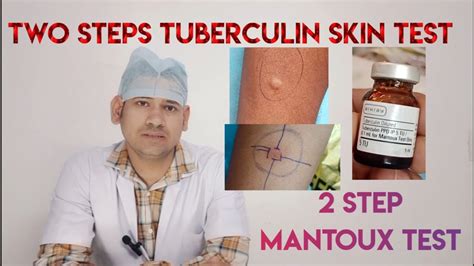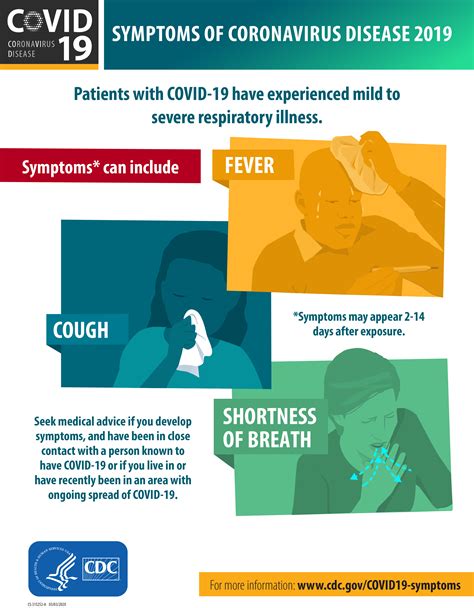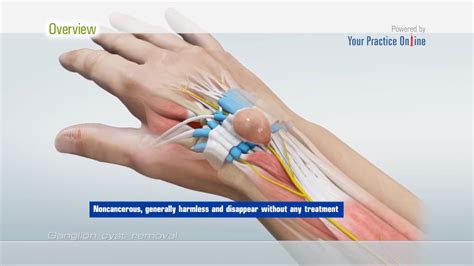The 2-step tuberculin test, also known as the two-step purified protein derivative (PPD) test, is a diagnostic tool used to detect tuberculosis (TB) infection. It’s particularly useful for individuals who have been previously exposed to TB or have received the Bacillus Calmette-Guérin (BCG) vaccine, as these factors can affect the accuracy of a single-step test.
What is the 2-Step Tuberculin Test?
The 2-step test involves administering two tuberculin skin tests (TSTs) 1-4 weeks apart. The first test is given to stimulate the immune system, and the second test is performed to assess the immune response. This method helps to avoid false-negative results that might occur due to a phenomenon known as “boosting” or “anamnestic response,” where the immune system’s memory of past infections or exposures is reactivated, leading to a positive reaction in the second test.
Why is the 2-Step Test Necessary?
The necessity of the 2-step test stems from the body’s complex immune response to TB infection. In some individuals, especially those with latent TB infection, the immune system may not mount an immediate response to the tuberculin test. The first injection of PPD acts as a “booster,” enhancing the immune response, which can then be accurately measured with the second test. This is especially important in high-risk populations, such as healthcare workers, nursing home residents, and individuals living in areas with high TB prevalence.
Procedure for the 2-Step Test
- First Test Administration: The first step involves administering the tuberculin skin test. A small amount of PPD is injected just beneath the skin of the forearm. The site is observed for any immediate reactions.
- Reaction Assessment: After 48-72 hours, a healthcare professional assesses the injection site for any signs of reaction, typically measured in millimeters of induration (swelling).
- Second Test Administration: If the first test result is negative (less than 10 mm of induration for most individuals), a second test is administered 1-4 weeks later.
- Final Assessment: The second test site is evaluated 48-72 hours after the injection, similar to the first test.
Interpreting the Results
- Positive Reaction: A positive reaction (usually defined as 10 mm or more of induration) in either test suggests exposure to TB. However, the reaction size alone does not distinguish between latent TB infection and active TB disease; further diagnostic tests (like chest X-rays and sputum analysis) are needed to determine the status of the infection.
- Negative Reaction: A negative reaction in both tests generally indicates no infection, though false negatives can occur in individuals with certain medical conditions or taking specific medications that suppress the immune system.
Who Should Receive the 2-Step Test?
The 2-step test is particularly recommended for: - Healthcare workers - Residents and staff of high-risk congregate settings (e.g., nursing homes, prisons) - Individuals who have been exposed to someone with active TB - People with certain medical conditions that increase the risk of TB (e.g., HIV/AIDS) - Those who have received the BCG vaccine, as this can affect test results
Conclusion
The 2-step tuberculin test is a valuable tool for detecting TB infection, especially in individuals with previous exposure or vaccination history. By understanding the test’s procedure, interpretation, and the populations it benefits, healthcare providers can better manage and prevent the spread of tuberculosis. This method underscores the complexity and nuance required in diagnosing and managing TB, a disease with significant global health implications.
What populations benefit most from the 2-step tuberculin test?
+The 2-step tuberculin test is particularly beneficial for healthcare workers, residents and staff of high-risk settings like nursing homes and prisons, individuals exposed to TB, those with certain medical conditions increasing TB risk, and individuals who have received the BCG vaccine.
How is the 2-step test administered?
+The 2-step test involves two tuberculin skin tests administered 1-4 weeks apart. The first test acts as a booster to stimulate the immune system, and the second test measures the immune response to accurately detect TB infection.
In addressing tuberculosis detection, it’s crucial to consider the broader context of infectious diseases and global health. The 2-step tuberculin test represents a significant advancement in diagnostic capabilities, offering a more nuanced approach to identifying latent TB infection. As research continues to evolve, so too will the methods by which we detect, treat, and ultimately work towards eradicating tuberculosis.


